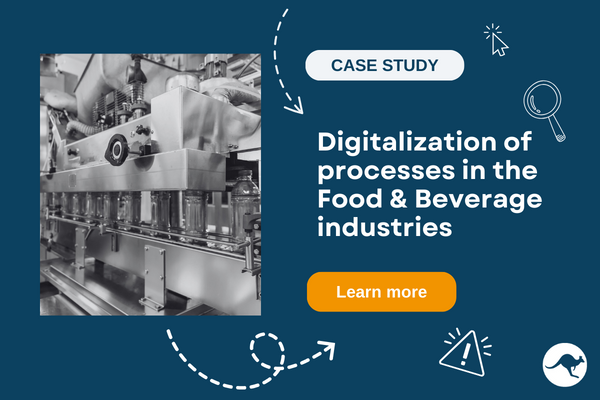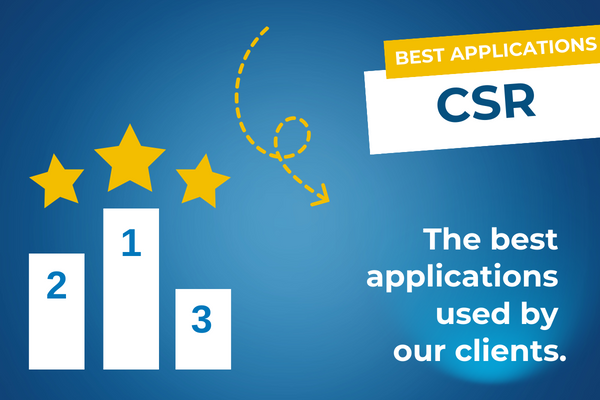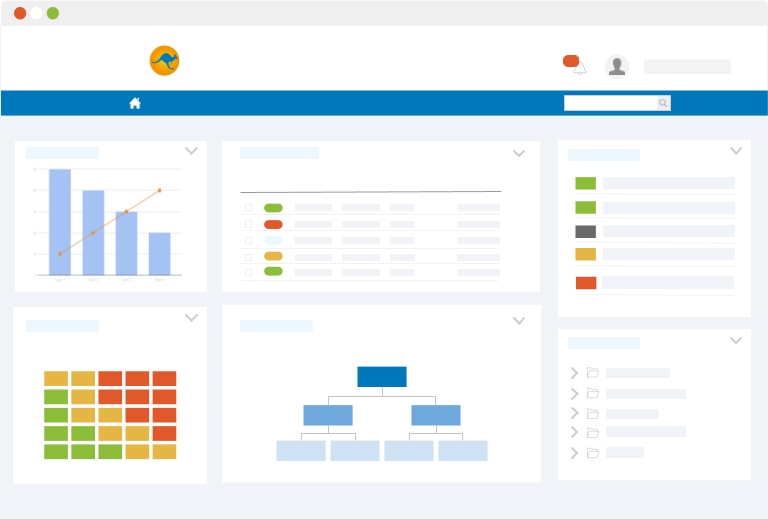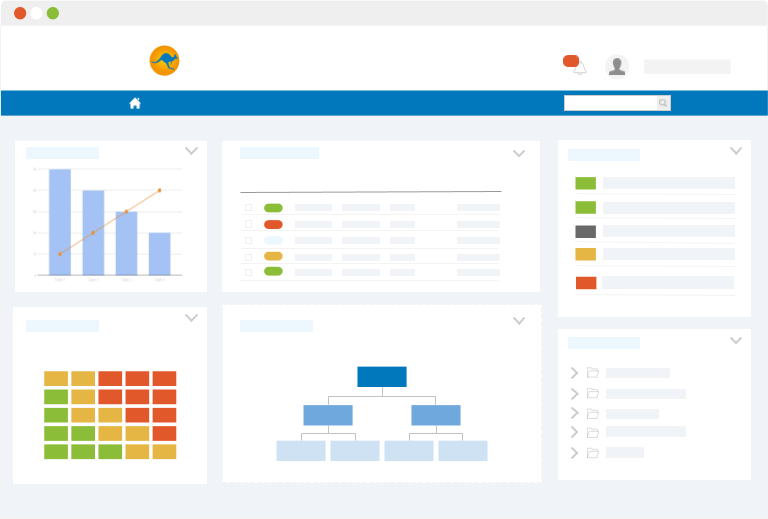What is HACCP?
HACCP: Hazard Analysis and Critical Control Point is a preventive method initiated in the 1960s when NASA and the US Army decided to send men into space. At that time, it was necessary to guarantee the safety of the food that the astronauts were going to eat. Today, in terms of regulations, Regulation (EC) No 852/2004 on the hygiene of foodstuffs specifies the requirement to set up a HACCP plan in one’s company to ensure consumer safety.
What is the interest of the HACCP plan?
HACCP is of real interest to companies that market their products in supermarkets with BRC or IFS standards. These two certifications are based on the use and implementation of a HACCP plan. The HACCP system must be able to evolve over time and in particular according to changes in the company, whether it concerns recipe changes, consumers’ expectations, etc.
What is the goal of the HACCP plan?
The objective of the HACCP plan is to prevent, reduce or eliminate food safety hazards. This approach aims to protect customers and consumers.
Who is concerned with HACCP?
The HACCP concerns the food industry, but also the hospitality industry, hospitals, clinics, and suppliers of packaging or equipment.
What are the 7 principles of HACCP?
The HACCP method consists of 12 essential steps: 5 preliminary steps and 7 principles.
The principles are defined as follows:
- Hazard identification/cause analysis/determination of control measures;
- Identification of critical control points (CCPs);
- Definition of the critical limits to be respected to guarantee the control of the CCP;
- Establishment of a CCP monitoring system;
- Implementation of corrective measures;
- Drafting of an audit procedure;
- Archiving of files and records.
Why digitise your HACCP plan?
The HACCP plan is, most of the time, transcribed in the form of an Excel file that will be shared between the different users.
This system can sometimes be time-consuming and a source of error. Indeed you can accidentally delete one of the Excel files in the database. You can end up using the wrong version of the HACCP plan.
Digital technology can be a major ally in optimising your HACCP process: no more transcription work! You will be able to access all the plans directly in the tool as well as the modification and consultation history.
The digital tool can also be interesting to use in the field. For example, if you detect a non-conformity with a new associated risk during an audit, the latter can be automatically implemented in your risk analysis. You can then generate an associated action. Action can be implemented in the action plan and notify the relevant pilots by email.
What are the daily benefits of an application dedicated to HACCP plans?
Thanks to the automatic alerts help you to be informed in real-time of the update of your actions and your HACCP plan. The digital tool is a real-time-saver in this process. It is important to ensure that it is intuitive and easy to use to facilitate the involvement of all your employees.
The expert’s conclusion
The implementation of the HACCP plan is a requirement to ensure the safety of food products. Many actors and several departments in the company are concerned. The success of its implementation and maintenance lies in the employees’ commitment. The BlueKanGo solution integrates many functionalities complementary to the HACCP plan. For examples, you can add the “food safety monitoring tool” (Echoline), supplier evaluation (with EcoVadis evaluations)…







